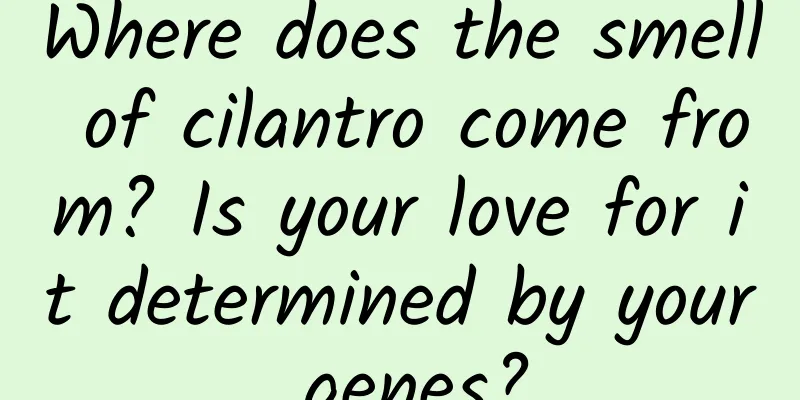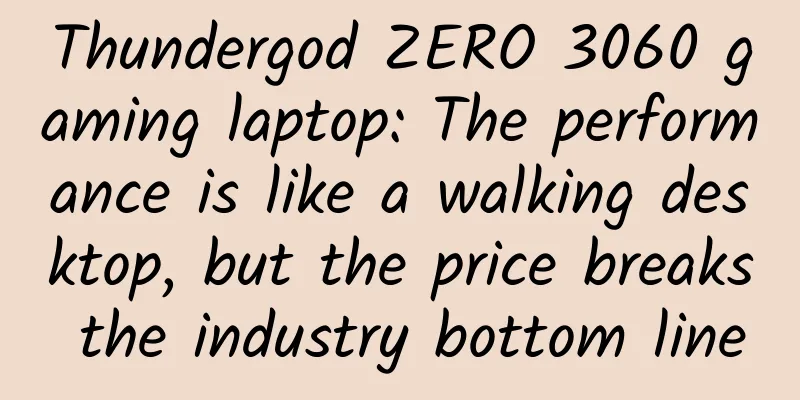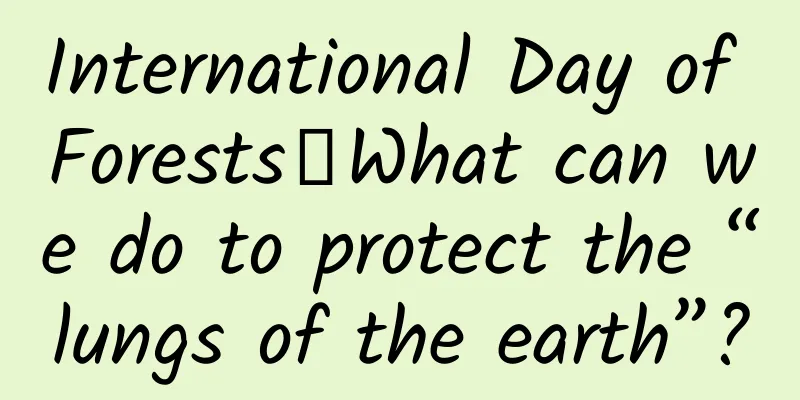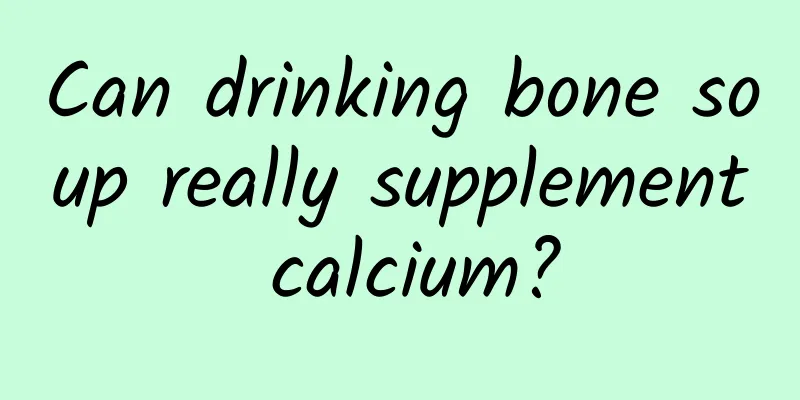I've always wondered: What are the recessed stripes on towels for? It's actually not as complicated as you think!
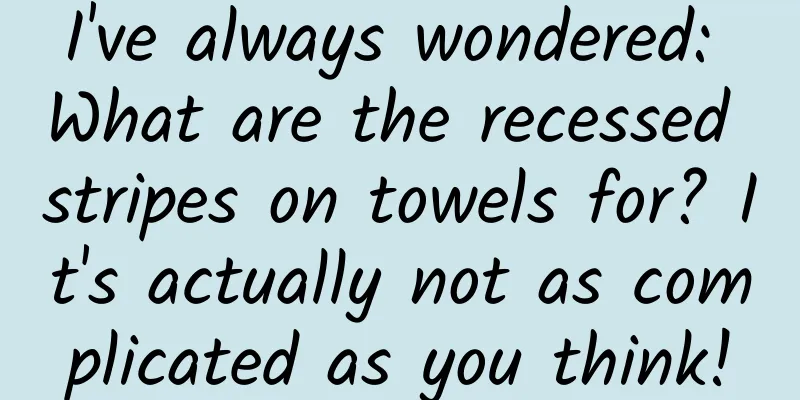
|
Someone asked a question online: Soon, many netizens joined the discussion, with some saying "this is a dividing line, the top is for wiping the face and the bottom is for wiping the buttocks", and others saying "these stripes can make the wet towel dry faster". So what are those sunken stripes on towels for? The answer is actually quite simple and not as complicated as you might think! The Origin of the Concave Stripes on Towels This stripe actually has its own name, dobby border. The word "Dobby" comes from the "dobby loom" in the textile industry. Dobby loom Image source: avl looms The loom was developed in the late 18th century from the loom technology of English weaver Joseph Marie Jacquard, and was later improved into a simpler, controllable mechanism. By controlling the rise and fall of the warp yarns, the dobie loom can weave small geometric patterns or plain areas, rather than the terry loops of ordinary towels . Image source: Internet The "dobby border" on towels uses this technique, adding flat striped areas to the terry weave to create the so-called "dimpled" effect. Dobby weaving picture source: behance As an aside, JK Rowling is said to have got the inspiration for the name of Dobby, the house-elf in the Harry Potter series of novels, from this textile term. What is the purpose of the recessed stripes on the towel? Does the thread enhance water absorption? The reason why towels can absorb water is because of capillary action, which is the ability of liquid to flow through narrow spaces and depends on the size of the gaps between fibers. According to the principle of capillary action, towels with smaller and denser fiber gaps have better water absorption capacity . Of course, the main factor affecting the absorbency of a towel is the material. For example, Xinjiang long-staple cotton, Egyptian cotton, Pima cotton, and Turkish cotton are considered more absorbent due to their long fiber structure. These long fibers can be spun into finer, stronger yarns that better absorb and retain water. Secondly, the weaving structure of the towel. Most towels are terry structures, which increase the surface area and the number of capillaries in the fiber gaps through looped yarns. When the terry height increases by 1 mm, the water absorption rate can be increased by about 15% to 20%, because the loop structure exposes more fiber gaps. As a flat weave, the inter-yarn spacing of terry is primarily inter-yarn spacing, rather than intra-yarn spacing. These patterns may bring the yarns closer together in certain areas, theoretically reducing the spacing, but the overall structure does not provide as efficient capillary paths as terry weaves. According to AATCC79-2000 American Textile Standard "Water Absorption of Textiles", the water absorption time of terry fabric is 3~5 seconds, while that of plain fabric (similar to dobby fabric) is 7~10 seconds, with a difference of about 30%~50%. Therefore, most dobby fabrics are definitely not as absorbent as terry fabrics. Some people are also curious: Does the terry weave dry faster? If the terry weave part absorbs less water, the towel as a whole may have less water. Assuming that the terry weave border accounts for 19% of the towel area and its water absorption capacity is half that of the terry weave, the total water content may be reduced by about 10%. This means that the towel as a whole may dry faster. However, this effect varies depending on how it is used, and the actual effect may not be significant. So, in the final analysis, lines are more decorative. Finally, a little further away, there is another important indicator that affects the water absorption of towels, the fabric weight (GSM, grams per square meter), which refers to the weight of fabric per square meter. This is an indicator of the thickness and density of bath towels, which directly affects their water absorption capacity. Bath towels with higher GSM are usually thicker and can hold more water. Copyright images in the gallery. Reprinting and using them may lead to copyright disputes. Generally speaking, bath towels with a GSM between 300 and 400 are thin and light, suitable for quick drying but with lower water absorption; those with a GSM between 400 and 600 are medium-heavy and suitable for daily bath towels; and those with a GSM between 700 and 900 are the thickest and have the best water absorption, but take longer to dry. References [1]https://www.standardtextile.com/products/classic-dobby-towel-collection/ [2]https://www.absorbentsonline.com/spill-containment-blog/microfiber-vs-cotton-towels-which-absorbs-more/ [3]https://www.nature.com/articles/s41598-022-20922-0 [4]https://www.sciencedirect.com/science/article/pii/S105381192500031X?via%3Dihub [5]fhttps://www.researchgate.net/figure/Nutritional-aspects-and-staple-food-of-Pandanus_fig2_269892397 Planning and production Source: Bring Science Home (ID: steamforkids) Author: Su Chengyu Audit丨Song Lidan, Senior Engineer, China Textile Construction Planning Institute Editor: Yinuo Proofread by Xu Lai and Lin Lin |
<<: Another place, a 7.3 magnitude earthquake occurred! Has the earth entered "vibration mode"?
>>: Can sleep-aiding aromatherapy really cure insomnia? Don’t believe it anymore because…
Recommend
Follow these 5 steps to run your event, and you won’t go wrong!
If you can’t even grasp the complete process of an...
Isn’t cholera a Class A infectious disease? Why are the cases at Wuhan University not dangerous?
For the same cholera, some strains may be just &q...
Gaia's "Zero-Basic Novice Short Video Monetization Training Camp" new account has a million traffic in 3 days and breaks the weight
Course Contents: Chapter 1 How to monetize short ...
"Superkids Season 1" Baidu Cloud Download Link Address
Welcome to Aixue Knowledge Network, where you can...
Teacher Xueli: English Phonics + Phonetic Symbols + Pronunciation Rules Collection
Course Catalog: ├──1. Teacher Xueli’s high-qualit...
55 common terms you must know in the new media industry!
With the booming new media industry, more and mor...
Don’t eat hot pot, only choose Aion when buying a car. The first batch of Aion V owners in the southwest region have been delivered
On July 24, the 23rd Chengdu International Auto S...
Tesla, with a net profit five times that of BYD and a net profit of 50,000 per vehicle, can’t beat Ideal and SERES?
How much money can a manufacturer make from selli...
Campus mobile Internet: a tough piece of fat to swallow
In the minds of entrepreneurs in the mobile Inter...
Take a sneak peek at the majestic figure of “Kuafu” and look forward to the feat of “chasing the sun” in the future!
The sun is the source of life and the symbol of l...
Cute little buttons allow you to use mobile apps conveniently
The key to IoT technology is the interconnection ...
CHJ Automotive first talks about L4 autonomous driving to achieve commercial operation in 2025
At the 2018 Smart Car Cross-border Integration Su...
Huawei Business Management Full Module Training Camp Value 4999
Huawei Business Management Full Module Training C...
Huamanlou System Course Training System (Fifth Phase) Including Indicators
Hua Manlou system course training system (fifth ph...
Does iOS really need to be upgraded? Analysis of iOS system upgrades
Whenever a new iOS system is released, whether it...
